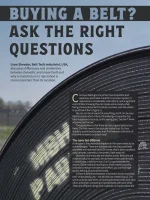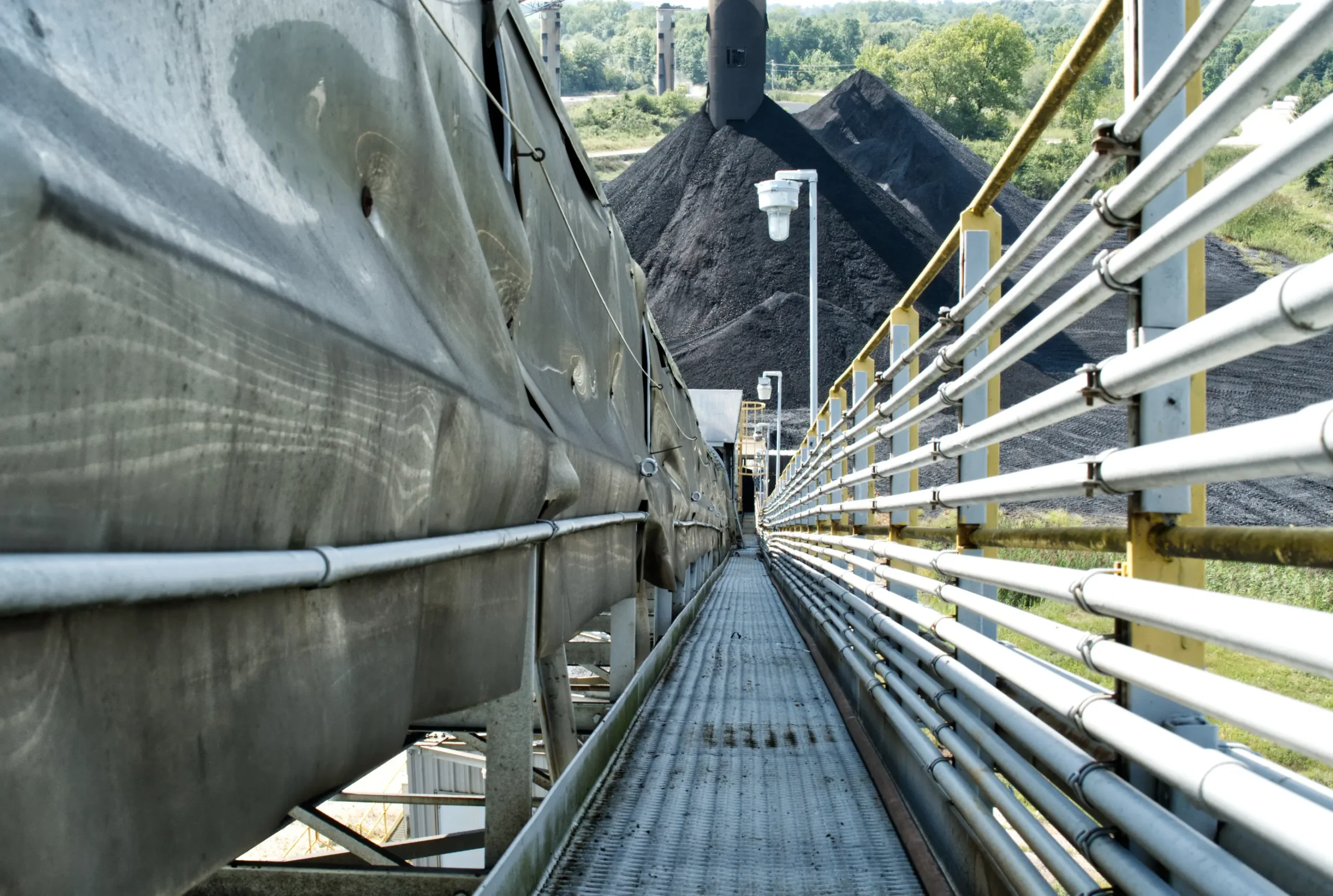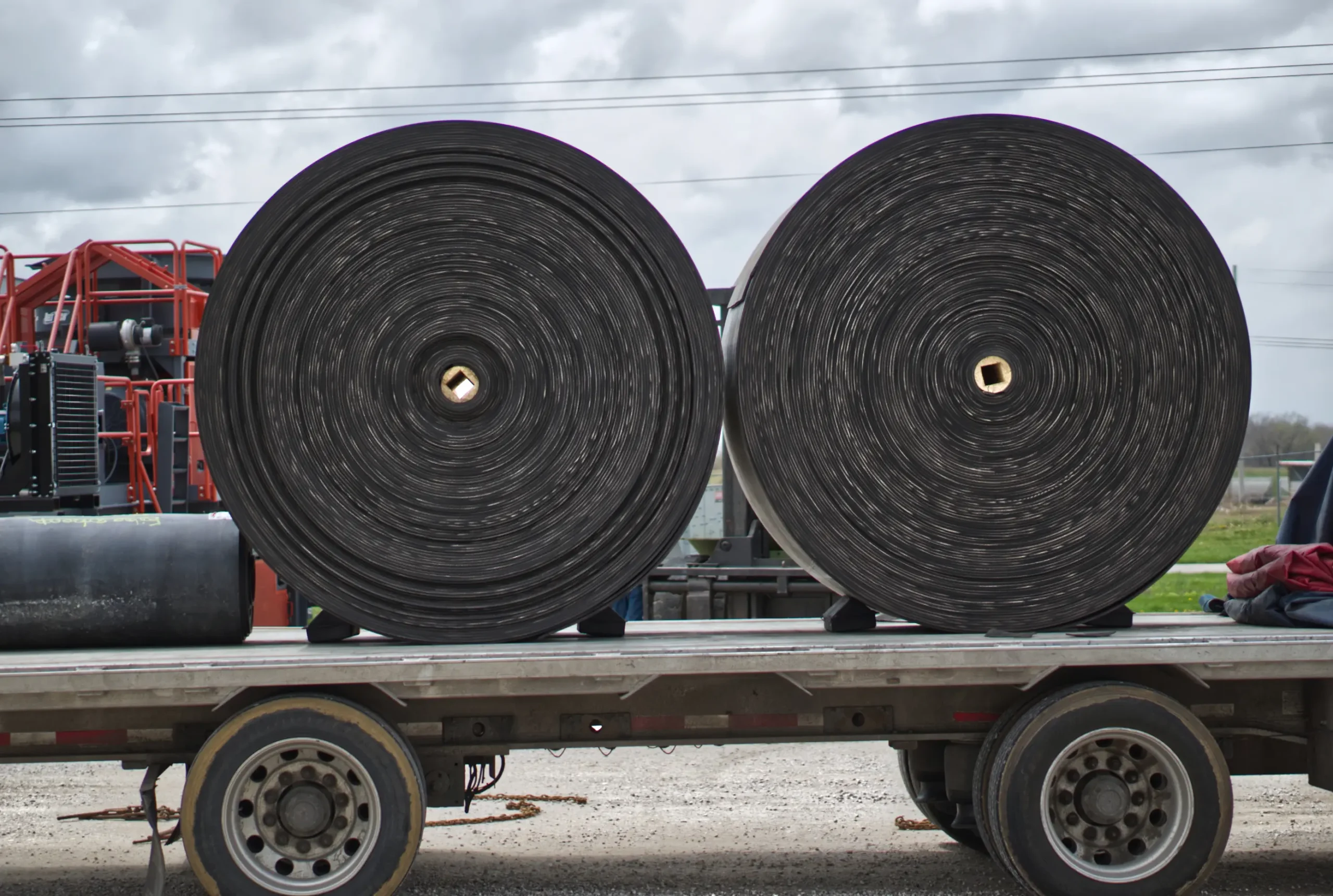- 877.554.BELT
- info@belttech1.com
Buying a Belt?
ASK THE RIGHT QUESTIONS
Would you like to know some of the differences and similarities between domestic and import belt and why a manufacturer’s reputation is more important than its location? Read on to find out!
Choosing the Right Belt
There are lots of good options out there. The bad news is the opposite is also true. So, how should a quality belt be selected? And how can a decision of this kind be based on actual data?
What are the differences similarities between domestic and imported belts?
Material handling is a need in every country. There are some very good belt manufacturers all around the world.
So let’s address the elephant in the room. Some belts are manufactured in the U.S., and some are manufactured in other parts of the world. Some belts are assembled in the U.S., but the materials come from outside the U.S. The same thing can be said about cars, tires, cosmetics, equipment, etc. At the end of the day, what we really care about is the quality and price of whatever product we’re after.
A belt that is produced in India is a domestic belt when it is used in India. A belt that is produced in the U.S., is an import when used in India. Once we get our mind wrapped around that, it opens up a world of possibilities.
Quality, rating and the reputation of the manufacturer is far more important than where a belt is assembled.
Purchasing a product that is very economical upfront may not last as long as a slightly less ‘economical’ option.
The Most Affordable
The cheapest option may not always be the best option. The lawyer in Jurassic Park had it right when he asked: “Are they heavy? Then they’re probably expensive.” Products may look very similar but be made out of inferior materials or without as much attention to detail. We cannot purchase a set of tires rated for 30,000 miles and expect to get 60,000 miles out of them. That principle applies to conveyor belting.
Expense vs. Quality
There is not always an equal trade off between expense and quality. For instance, a 5% reduction in cost may not provide just a 5% reduction in life expectancy. If that 5% is achieved by omitting the use of anti UV or antiozonant, that may equate to a 15 – 20% reduction in the quality and life expectancy of the belt. That does not mean the best option is to buy the most expensive belt and hope for the best. There is a balancing point between upfront cost and cost over time.
Finding the Balance
To find the balancing point involves understanding what is actually required for a particular conveyor structure, and finding a reputable supplier who can provide what is needed when it is needed. There is extremely useful information available for every product, but it is helpful to use an expert when making a choice.
Purchasing Power
Need to Know
There is more to compatibility with an existing system than belt width and price. Incompatibility of belt to structure is a common problem leading to poor belt performance. When purchasing a belt, a buyer needs to know the operating parameters for their particular system.
Questions to Ask
- What are the hours of operation both loaded and unloaded?
- What are the transfer points like?
- What kind of material is being handled? Lump sizes and material temperature range.
- How is the belt cleaned?
What chemical treatments are used on the belt such as de-icing agents or dust suppressants? - What are the local weather extremes that the belt will be exposed to?
The Big Picture
Understanding the needs of a system is far more important than where exactly on the planet the belt was manufactured. Think about the length of the structure, the incline level of the conveyor, desired capacity, width of the belt, the drag and inertia of rolling components, pulley size and the minimum bend radius of a belt. Not considering each aspect can have an ill effect on belt life and performance.
Quality Surpasses Geography
A belt is not good or bad simply because it is produced domestically, nor is it good or bad because it is imported. Carefully weighing all factors will help buyers achieve the right balance of quality and value.
Having a reputable and knowledgeable local supplier is essential. They can get a clear picture of what is actually needed, be able to supply belt in a timely fashion, install it, troubleshoot and provide solutions. Being open to suggestions from a trusted supplier will help you not miss out on available products that you were previously unaware of.
In the final analysis, the ideal choice focuses on quality, not geography.
Download the Full Article
To access the complete article from Issue 3 of the 2023 World Coal Magazine, kindly provide your email address below. Thank you.





